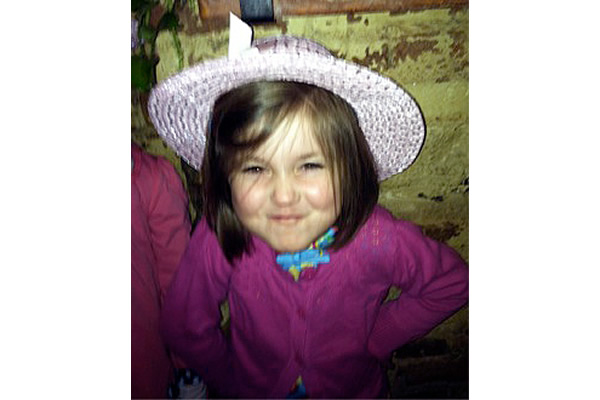
A very talented friend of mine designs modern family trees, and when I had my child, I decided to get her one.
This turned into a much bigger project than I expected. I was so thankful that family members have been collecting my family’s and my husband’s lineage. I love the design and the history in it, but what surprised me was how much my almost six-year-old daughter loves it. We periodically review the names and how we are related. But beyond my grandparents, we have to imagine stories about them.
Kids like knowing where they come from. Family stories help children understand their context in the world, and according to the Emory University study that inspired Natalie Kinsey-Warnock’s Story Keepers curriculum (more on this in a minute), children who know their family stories have higher self-esteem, suffer less from depression, and are better able to handle peer pressure. So considering how interested my daughter is in her family tree, it surprised me how little I knew about people who are only a few generations removed from us.
These stories, though, are not impossible to recover. Story Keepers, a recent project in CLiF Year of the Book community Lowell, VT, turns students into detectives by training them in online research, interviewing, studying family artifacts, utilizing records in the Town Clerk’s office, and comparing the evolution of everyday life. I saw the Lowell kids’ final projects, and what stood out most was the newfound pride in their family:

You too can turn your child into a family story keeper. Depending on your child’s age, you can start uncovering stories at your next family gathering (or even by phone or computer):
- Draw a tree, and have your child add a picture of each family member. There are tons of online templates: here is an example.
- Help your child prepare a few questions that they could ask a relative. Compiling the answers could make a wonderful and meaningful holiday or birthday gift.
- Record family members telling stories about their lives or reading books. Kurt Wootton has some great tips in his recent HuffPo post.
- Ask your child to pick their favorite toy, book, song, or piece of clothing. Have family members tell them their favorite of the same item, and even better, send a photo. Kids could turn this into a timeline, a chart, or a collage.
- April is National Poetry month. Celebrate by helping your child make an acrostic poem for each family member. Write the person’s first name vertically down the paper. Use the letters to begin sentences or phrases about the person or their life.



